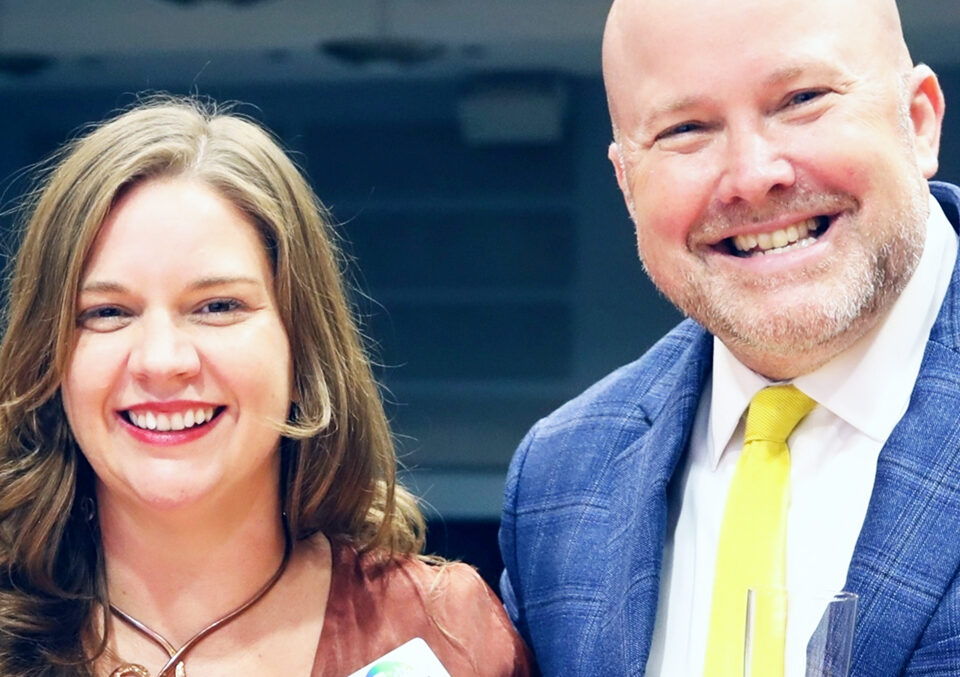
Nonprofit Fundraising Bandwidth with Jim Eskin explores 10 ways to analyze, assess and establish nonprofit fundraising bandwidth.
One of my favorite words that has moved from a purely technical application to much broader use in our vocabulary is “bandwidth.”
Narrowly defined, it is the data transfer capacity of a network in bits per second (or bps). It then moved on colloquially to indicate an individual’s capacity for tasks or deep thoughts at a point in time.
It is fitting that it be used to assess a non-profit’s potential to fulfill its mission as measured by carrying out programs and services essential to impact stakeholders and beneficiaries.
At this time of year, it’s also fitting for a non-profit to think seriously about how it’s performed over the past year before preparing to establish stretch but achievable goals and objectives for 2024. Because it’s the arena that I know best, let’s focus on advancement, resource development and fundraising bandwidth.
I’ve become addicted to writing in 10-step narratives, so here goes my best thinking on analyzing, assessing and establishing fundraising bandwidth.
- First and foremost, it is virtually intuitive to both underestimate and overtask fundraising bandwidth. Passion drives professional and volunteer non-profit leaders to relentlessly reach higher and higher and serve more and more people in need. Simultaneously, such passion can be a non-profit’s most formidable strength while also its most glaring weakness.
- Everything should grow out of mission, vision and values. Every program and service means both benefits and costs. The costs include financial, staff time and pressure on infrastructure. The temptation is to keep piling more obligations onto an already full plate, but leadership needs unemotional and accurate metrics to determine the cost-benefit ratio.
- The dearth of high-performing development staff, especially frontline fundraisers, is growing more and more alarming. The average 18-month tenure of development officers is insane. There is no escaping that the inflation of expectations is a major cause of the exodus. It’s one thing to be asked to do more with less, but quite another to be challenged to perform and accomplish an impossible endless list of assignments via multi-tasking magic. The bandwidth of every development staff member must be respected.
- Non-profit leaders need to come face-to-face with the profound reality of duplicative and non-productive occupation of mission space. There are more than 1.5 million non-profits in the U.S. with new organizations being formed all the time. There was hope that the stresses of the pandemic would culminate in more collaboration, partnerships and consolidations, but that just didn’t happen. So, the reality is that too many non-profits are doing the same things and competing for finite financial resources and volunteer time to accomplish the same purposes.
- Who is engaged in discovery, cultivation, solicitation and stewardship of donor prospects? If these responsibilities are solely left to the development staff, the non-profit is doomed to failure. There is a role for everyone in the non-profit family to play in spreading its story, identifying probable donors and thanking those who make gifts of time, talent and treasure. It is essential that management and board lead by example in the giving and getting of gifts. Let’s face it: If the leadership doesn’t demonstrate such commitment, why should the community respond with their support?
- How much gift income can an individual development officer generate? Gifts are the result of myriad factors ranging from a donor’s philanthropic vision, capacity and history of interaction with the non-profit. For sure, the development officer can contribute mightily to the amount, timing and purpose of the gift, but their role isn’t always the most dominant factor. They facilitate the bonding of the organization with the heart and brain of the donor. They can and should be evaluated on number of prospects qualified, cultivation moves and solicitations made, but they can’t guarantee what the donor prospect does or doesn’t do. That’s why condemning commissions ranks so high in in the Association of Fundraising Professionals Code of Ethical Standards.
- Ultimately non-profits like entrepreneurs and other professionals have to make an important choice: would they rather do one or two things exceptionally well or do a multitude of functions less than exceptionally well? How many times have you seen an entrepreneur who makes mouth-watering hamburgers launch a successful restaurant and then broaden the menu to include several other entrées that aren’t their forte? Quality and number of loyal patrons decline. A non-profit should stick with what it does best, and be extra careful about mission creep.
- It can be extremely tempting when the offer of a significant major gift lures a non-profit to step into unfamiliar territory. It should do so with trepidation. Once again, the most potent sniff test is being extremely honest in assessing how the offer of the big gift serves the ability to deliver the mission.
- Invest heavily in training and development of both professional staff and volunteers. The reason that so many people are afraid of fundraising is that they really don’t know enough about it. As much as anything, this is a fear of the unknown. There have never been so many webinars, books, courses, seminars and conferences on the art and science of fundraising. The return on these investments is several times greater than the expense.
- Progress and success can be the result of many small steps that move non-profits gradually but steadily forward. As U.S. Navy Admiral William H. McRaven told graduates of The University of Texas at Austin in 2014, “If you want to change the world, start by making your bed.” Don’t underestimate the impact of good works accomplished each day, and that you can improve the world with one pet rescued, one child mentored and one senior visited at a time.
It is encouraging that non-profit and fundraising bandwidth is growing, especially through the prudent application of technology. We are just beginning to learn the benefits of artificial intelligence. But we should never overlook that there is no discipline so dependent on being high-touch as fundraising, particularly in the solicitation of major gifts. There are limits on what even the best fundraisers should be expected to accomplish. The attitude that you can do anything is fine, but thinking you can do everything is unrealistic. Understanding and respecting non-profit and fundraising bandwidth will best serve the interests of the social sector.
Nonprofit Fundraising Bandwidth with Jim Eskin was first posted at Major Gifts Ramp-Up
For more articles like Nonprofit Fundraising Bandwidth with Jim Eskin VISIT HERE

